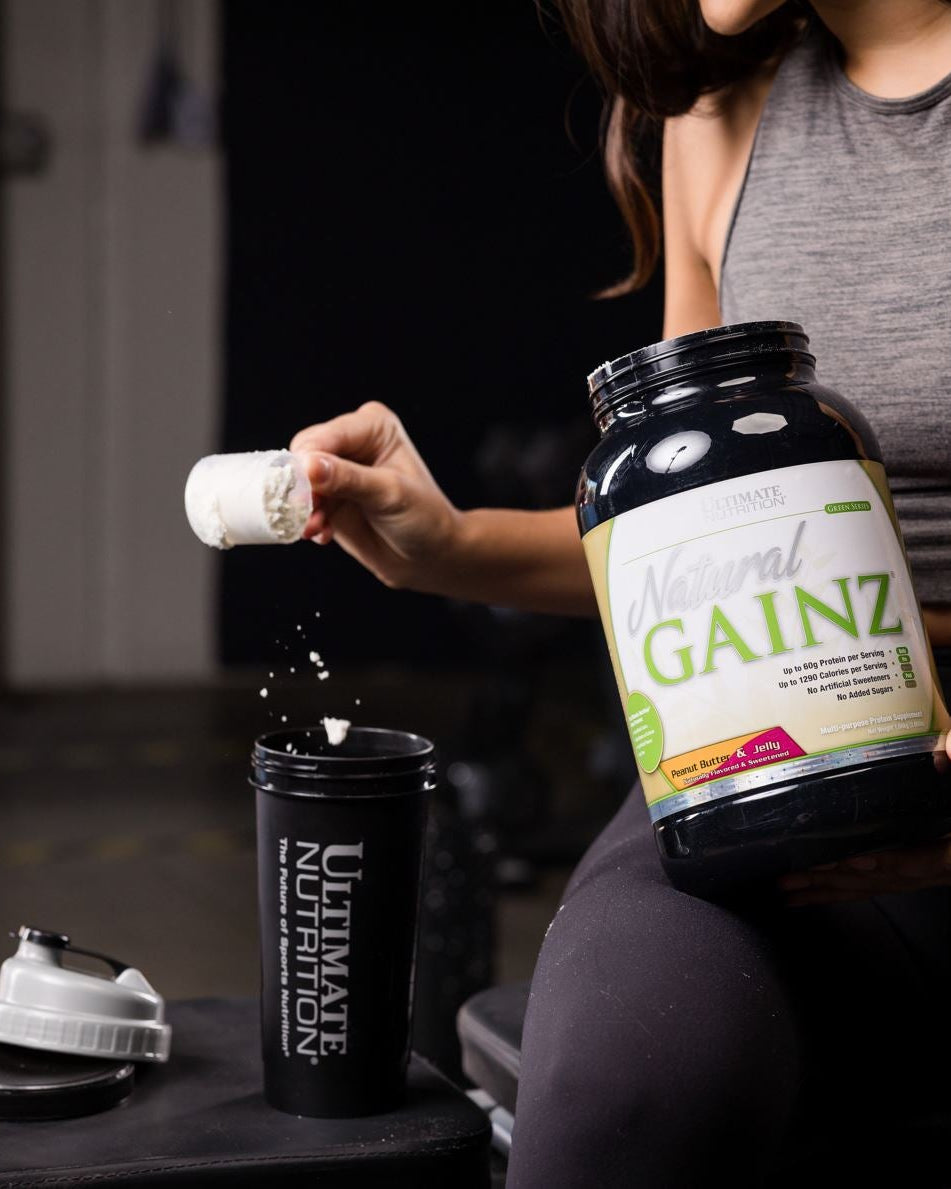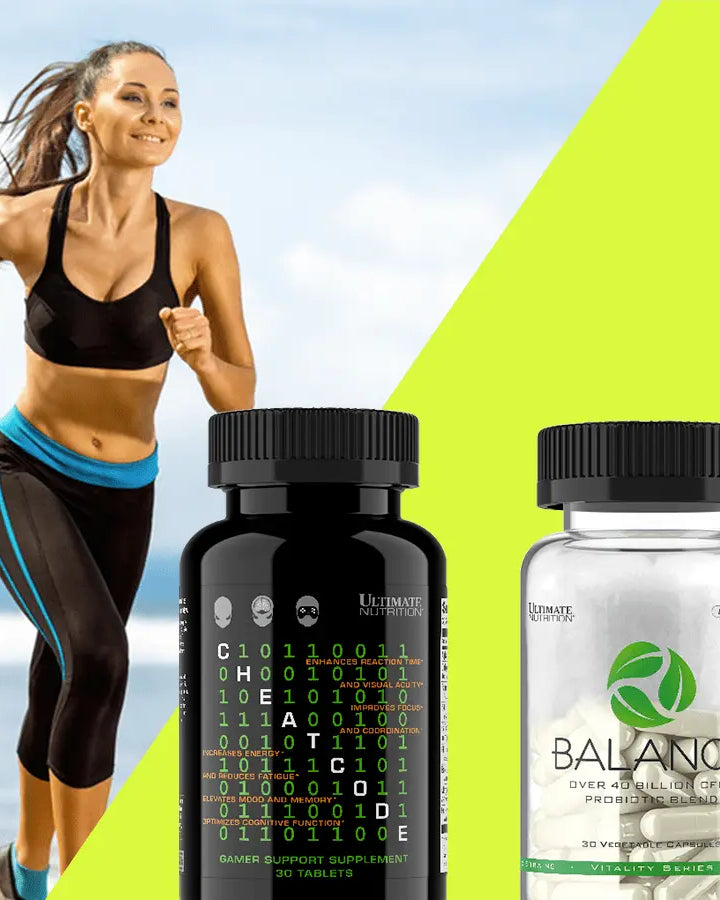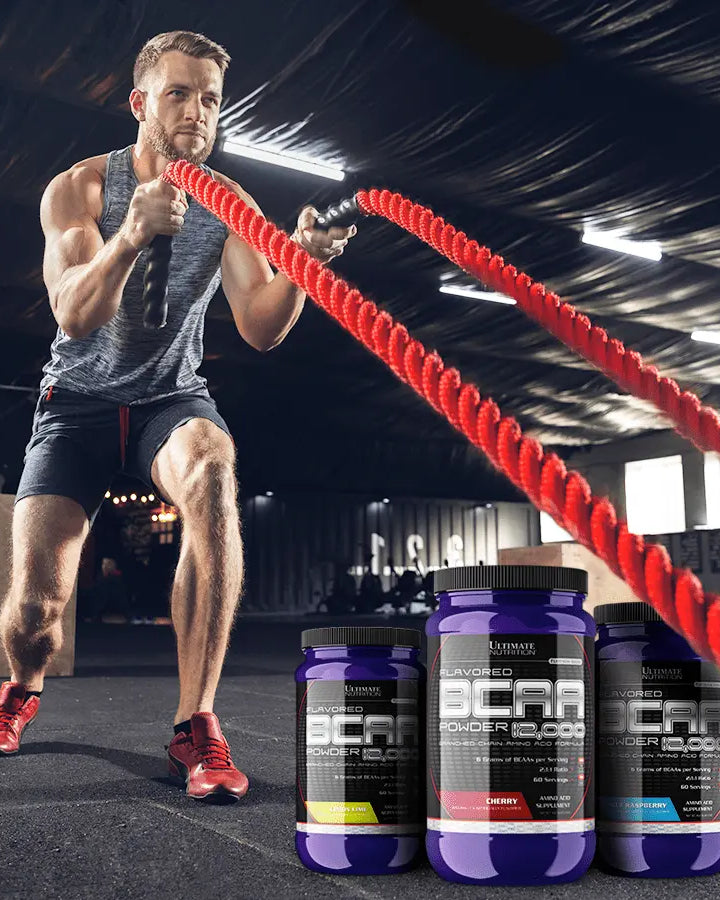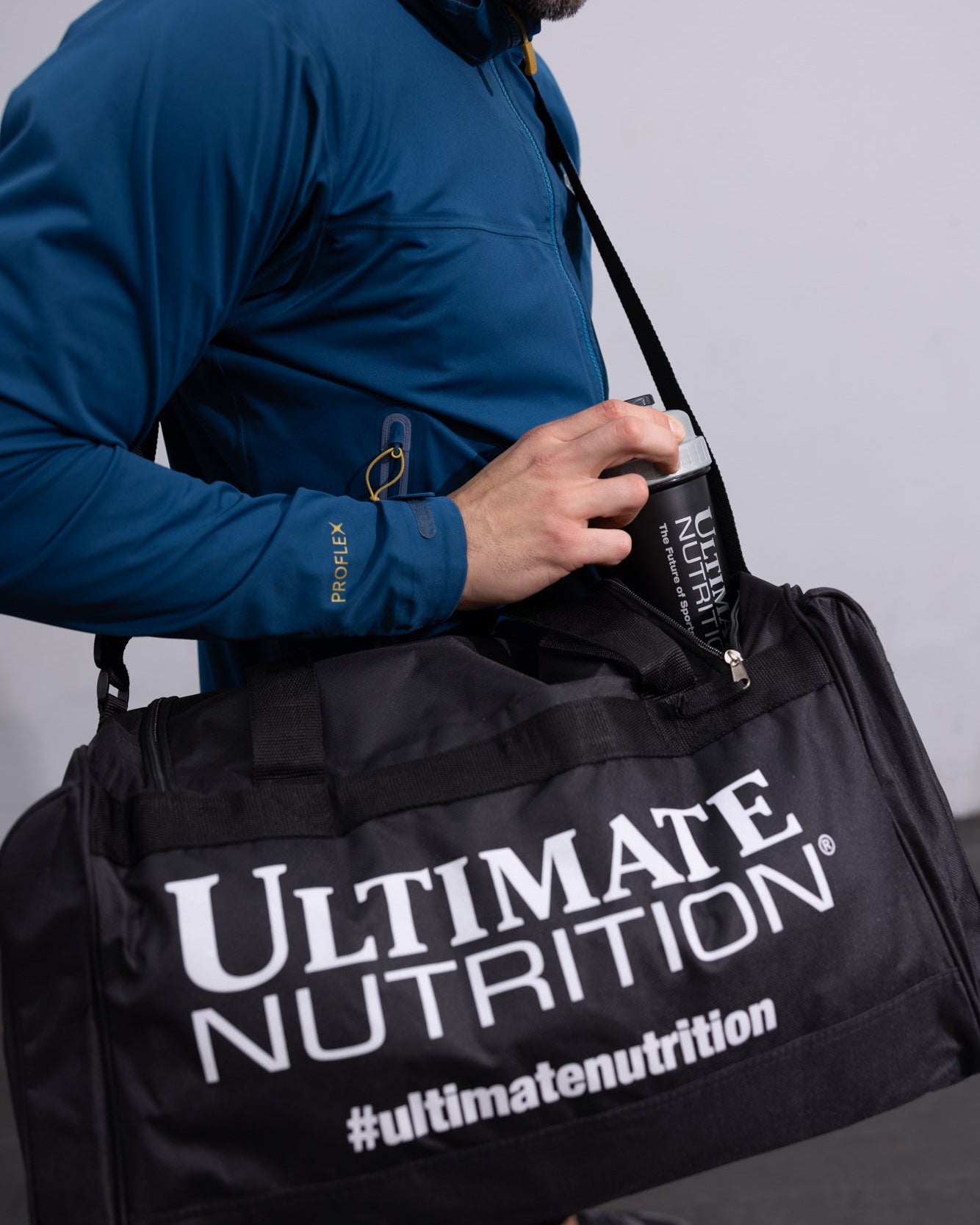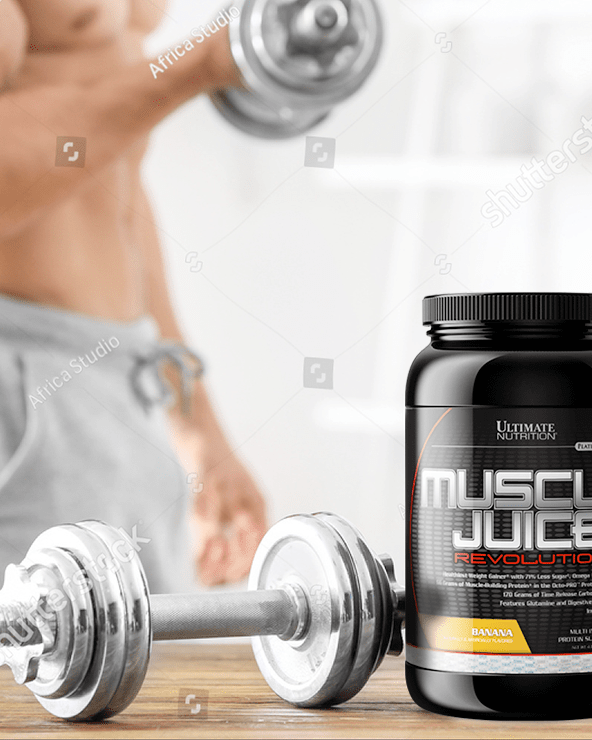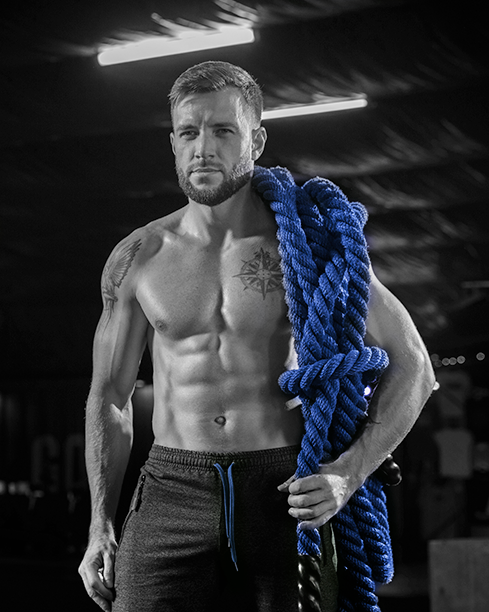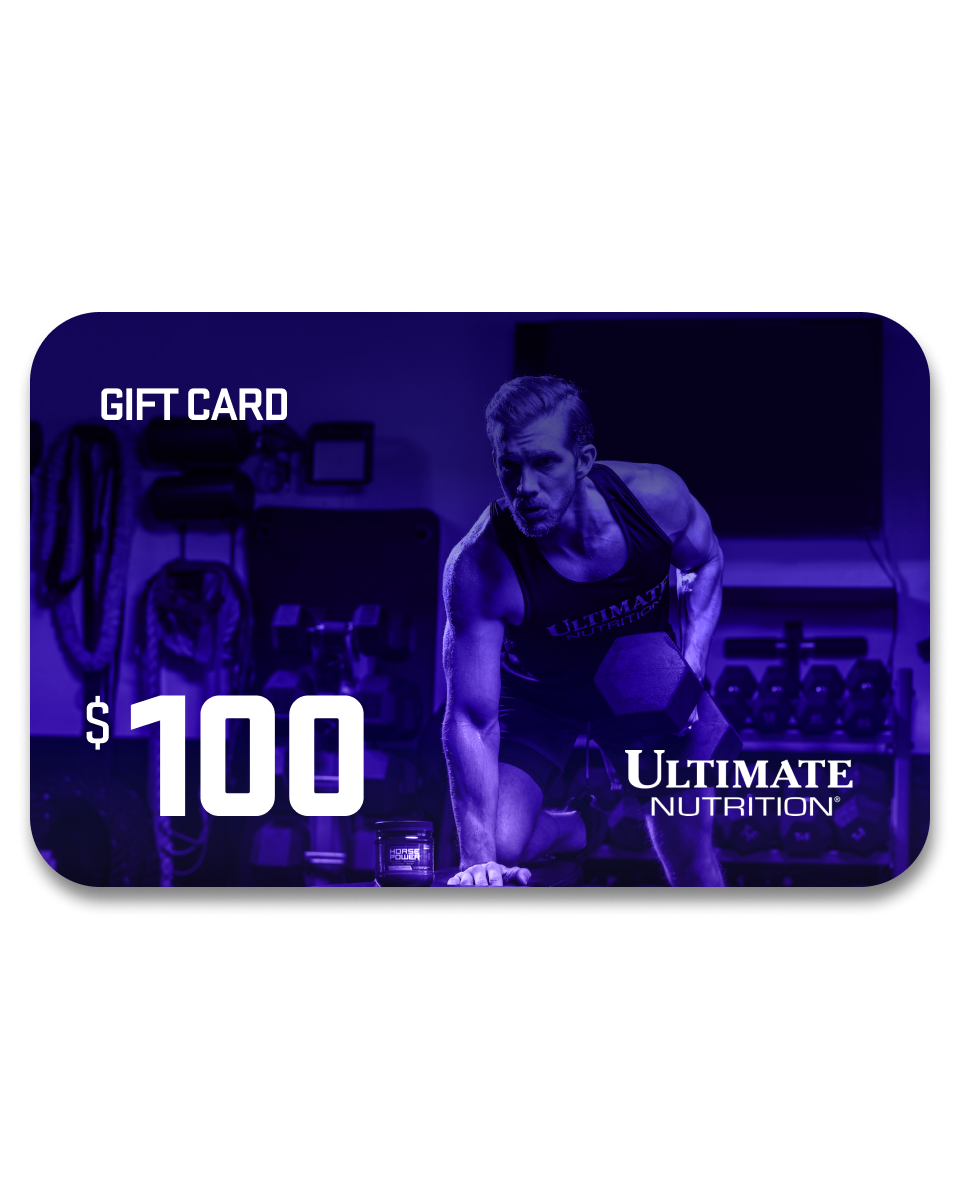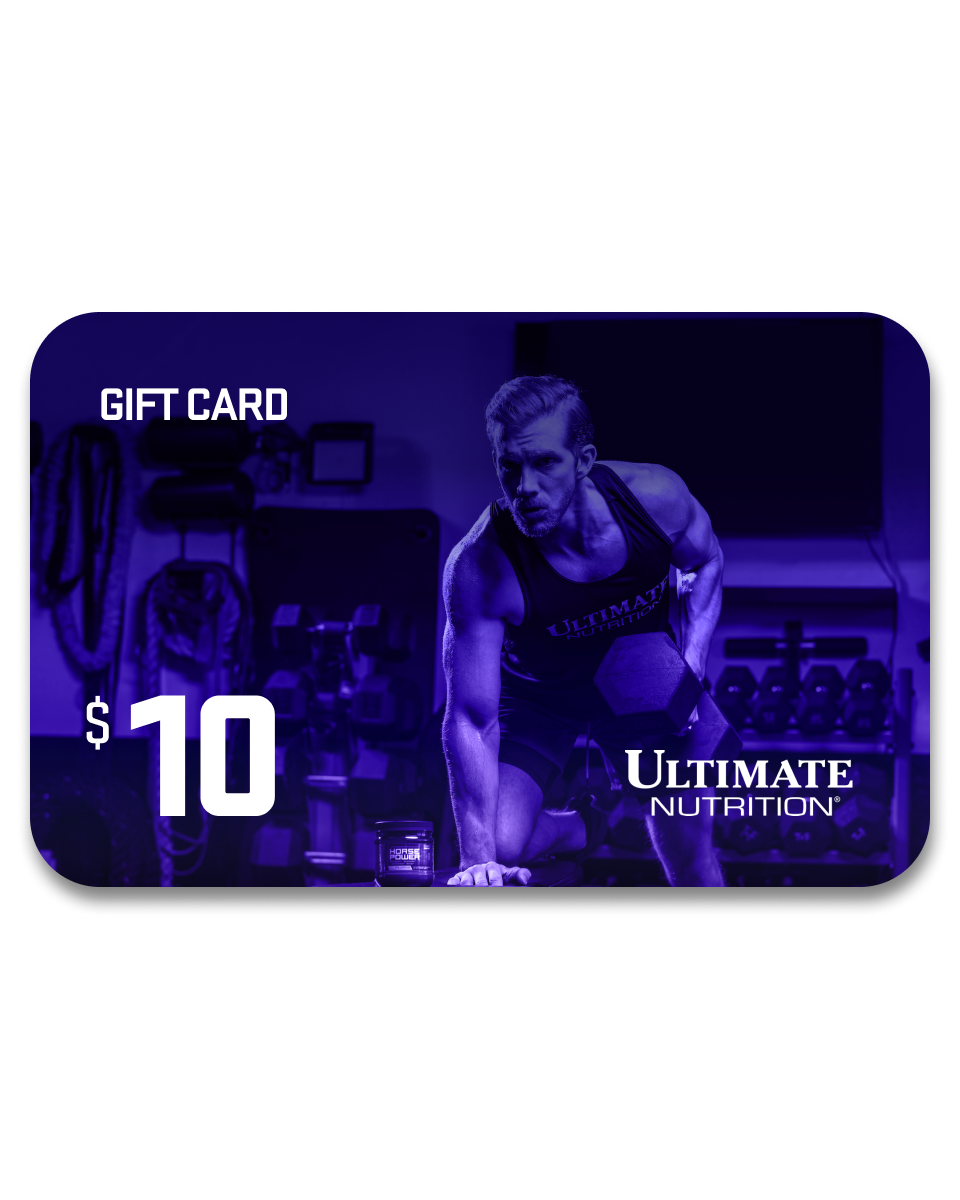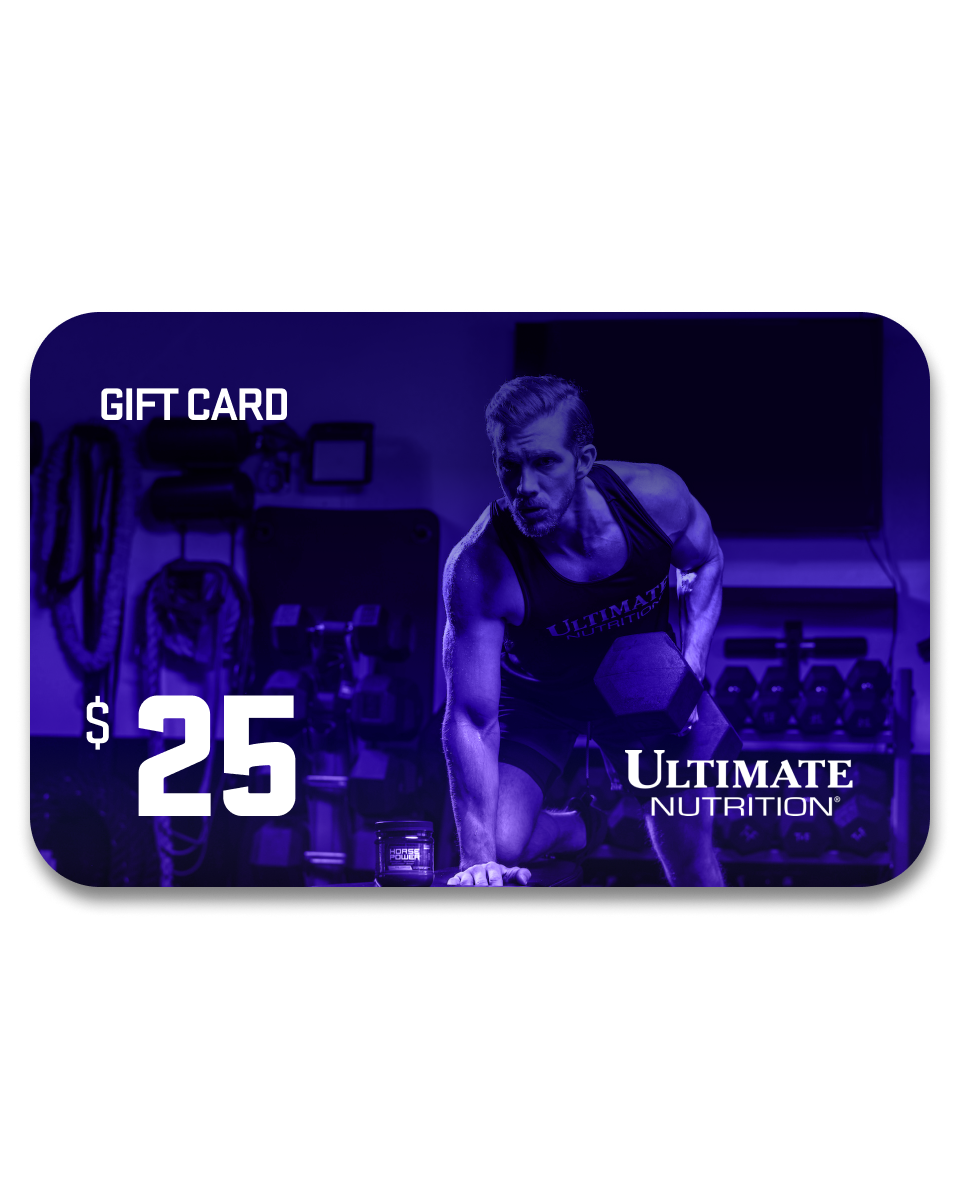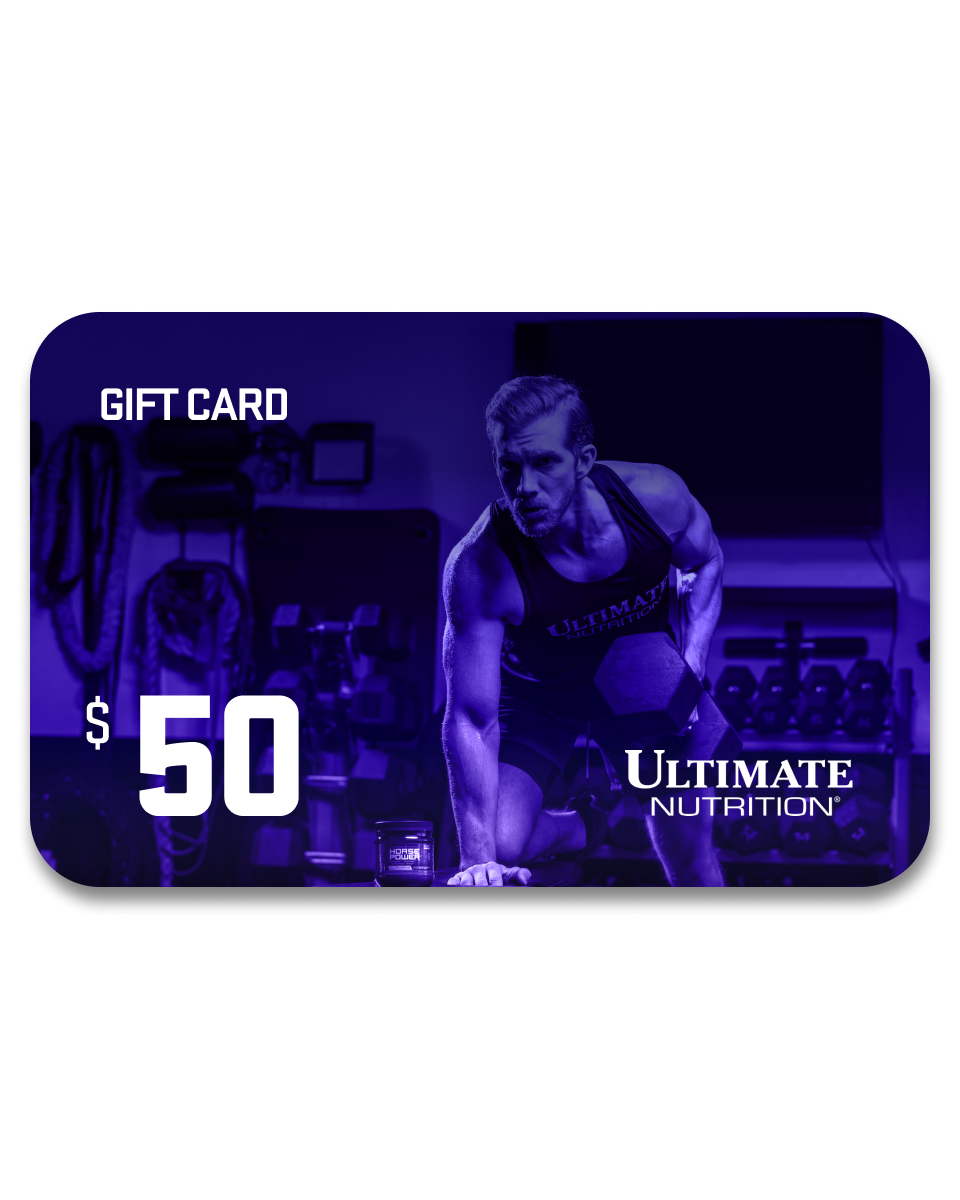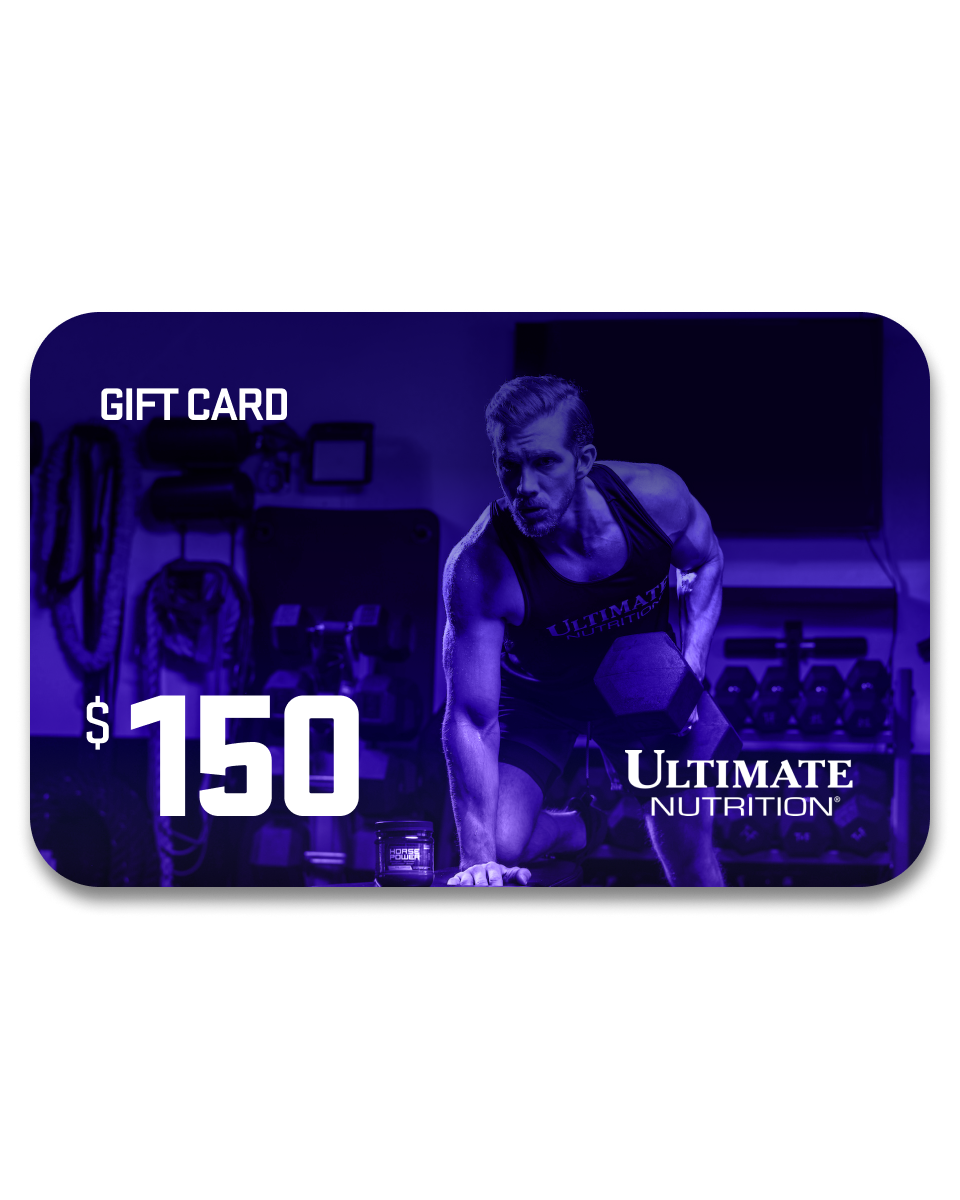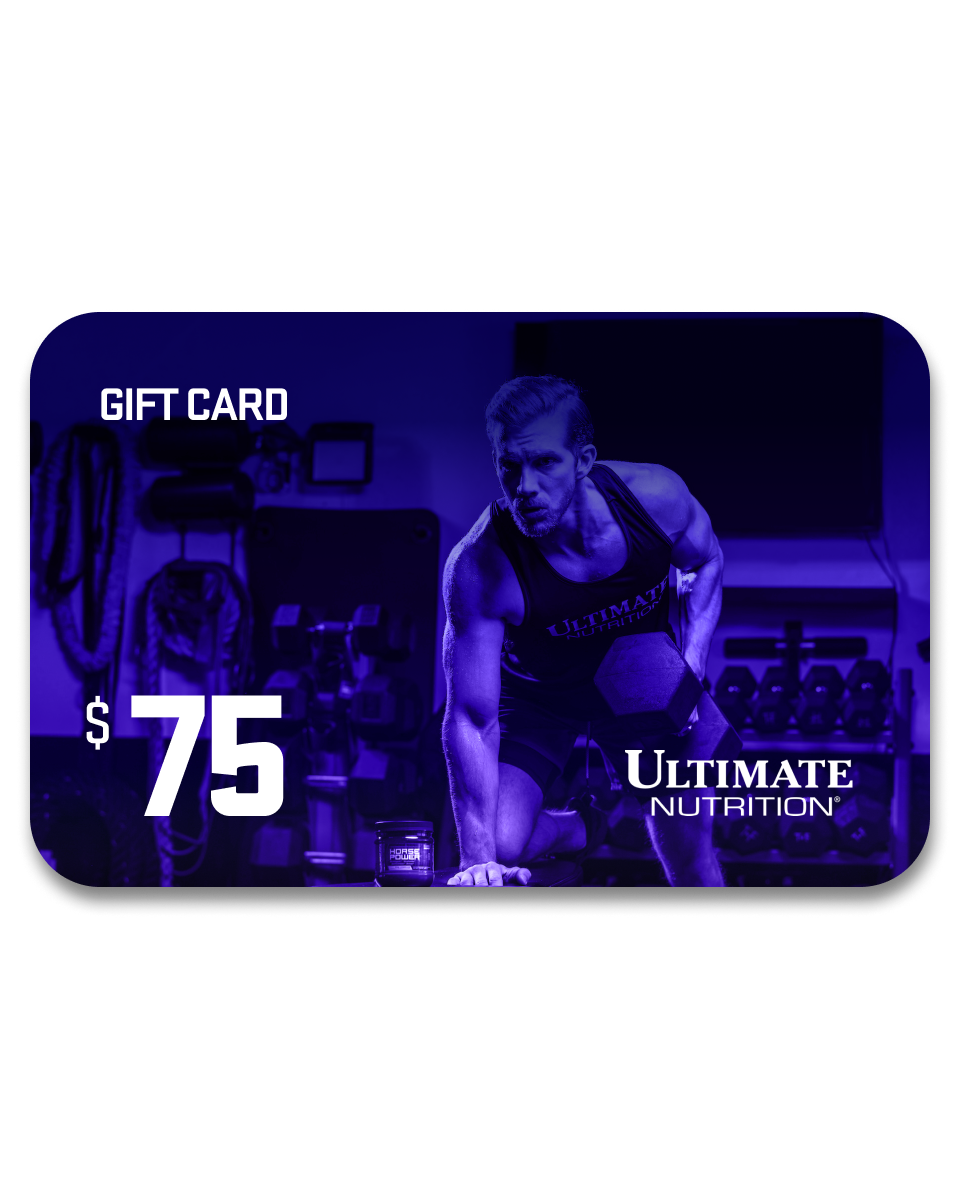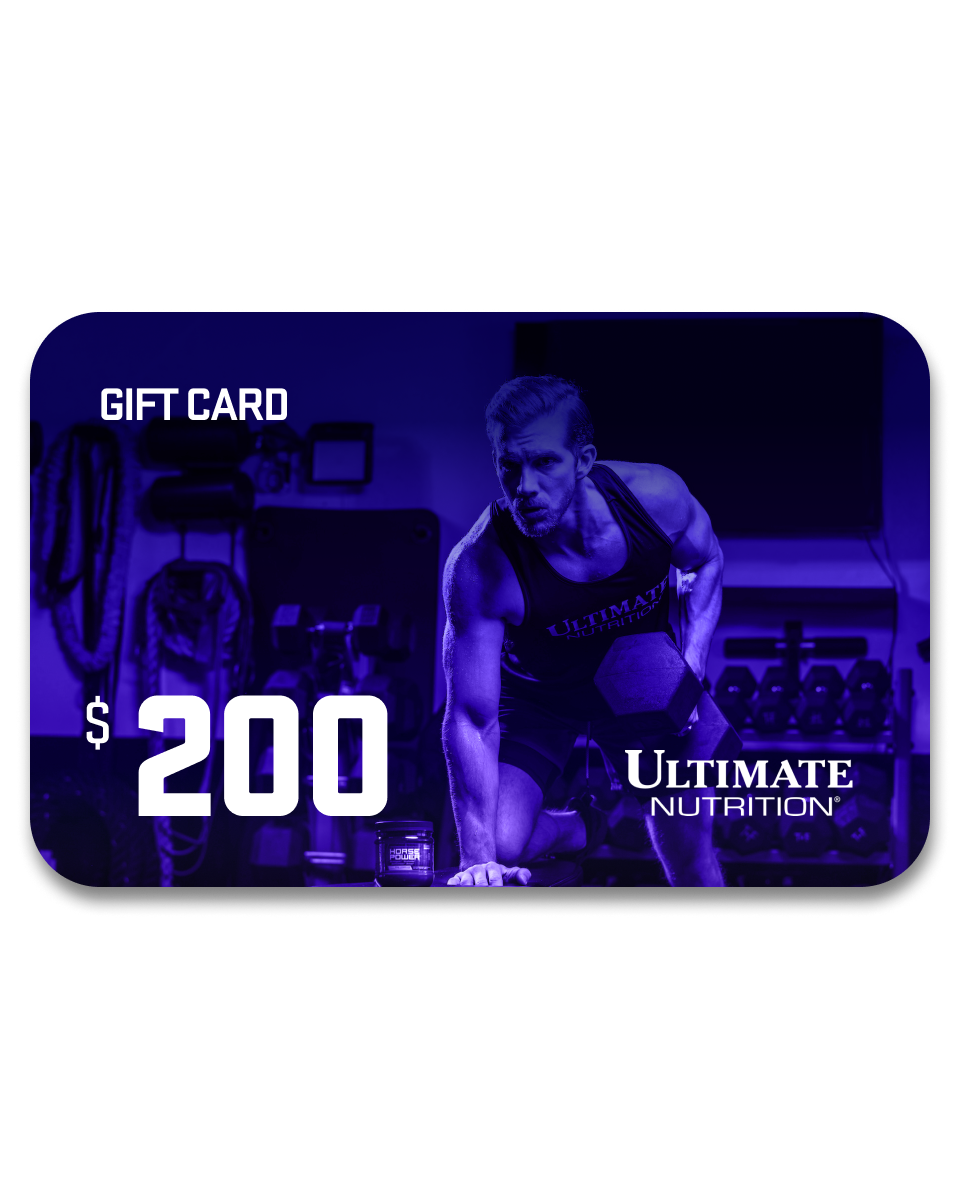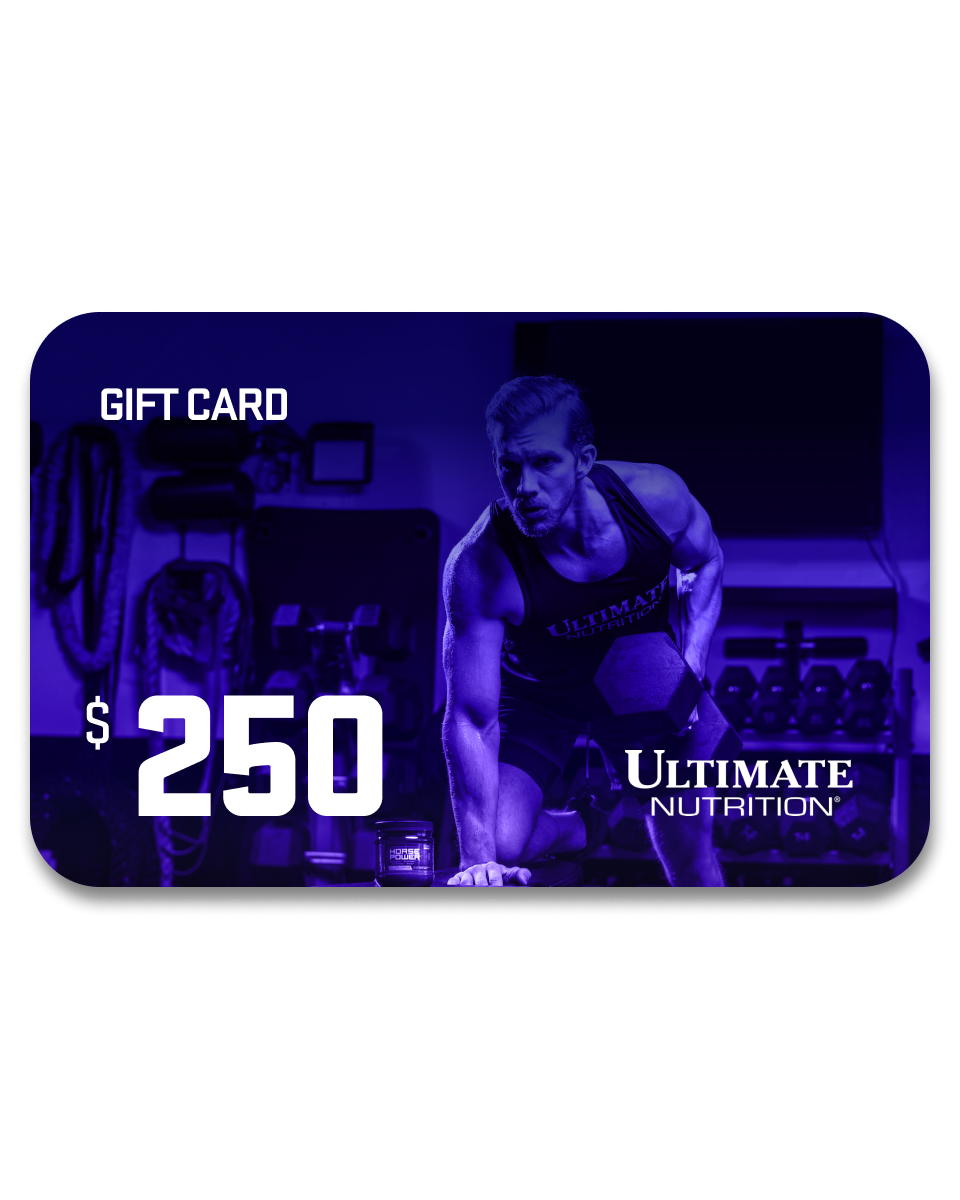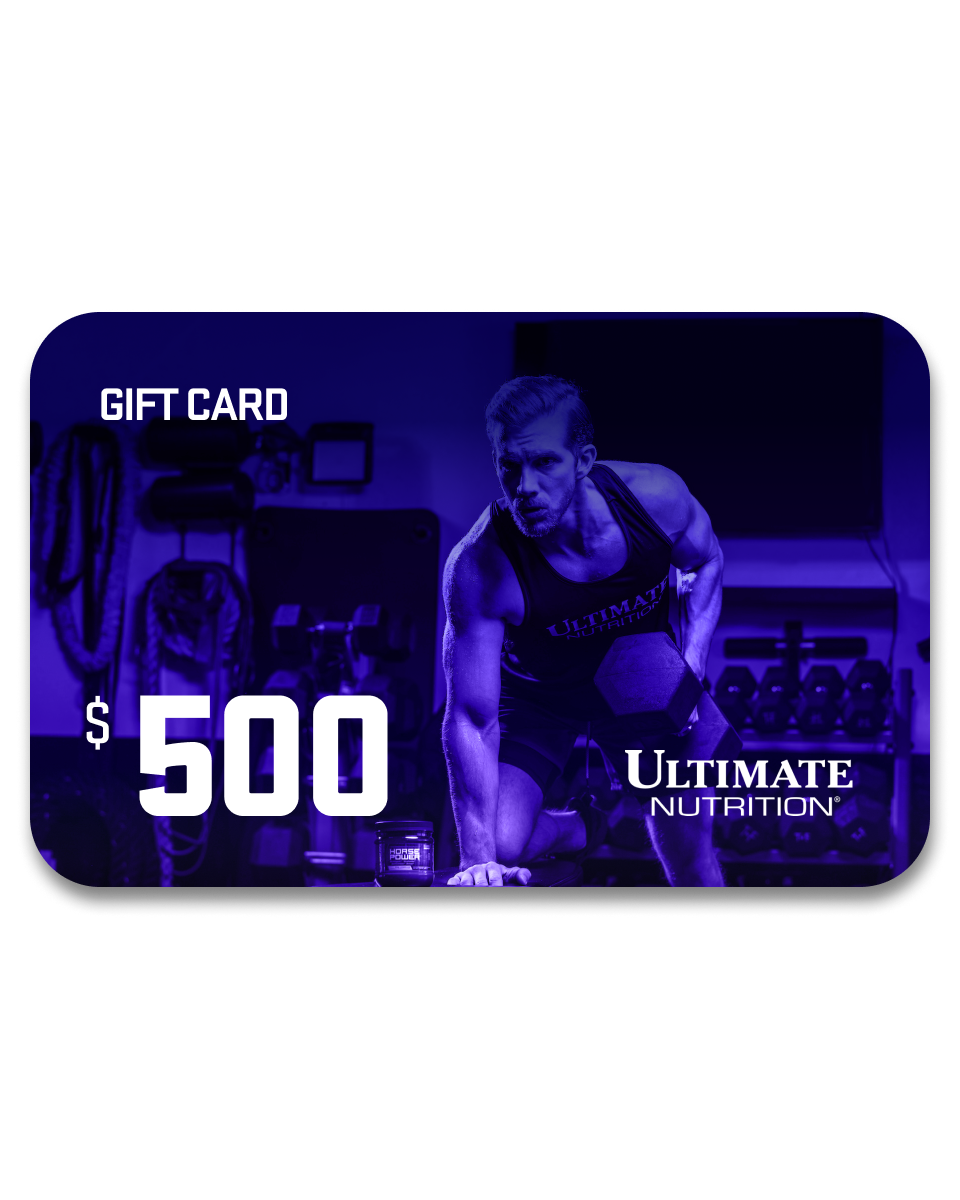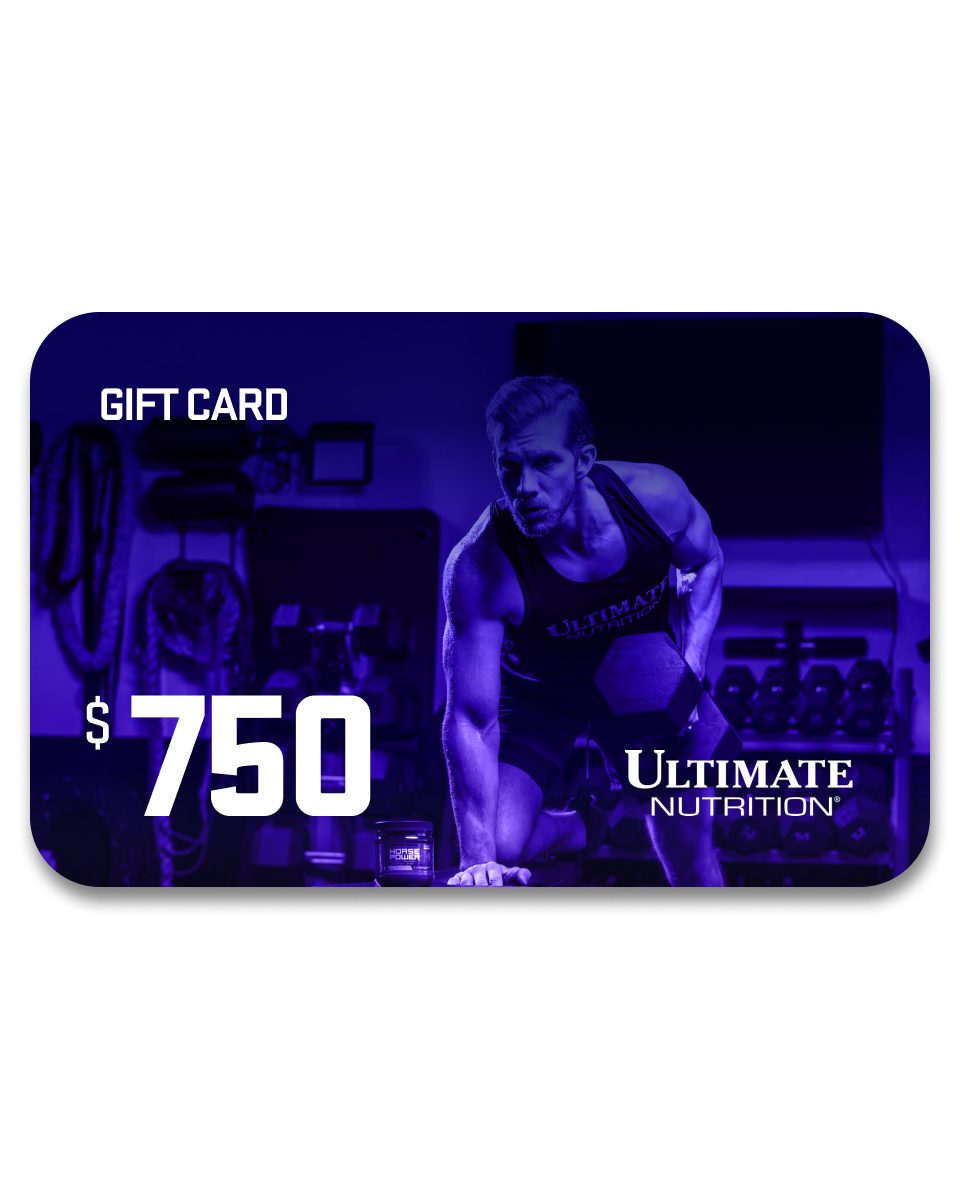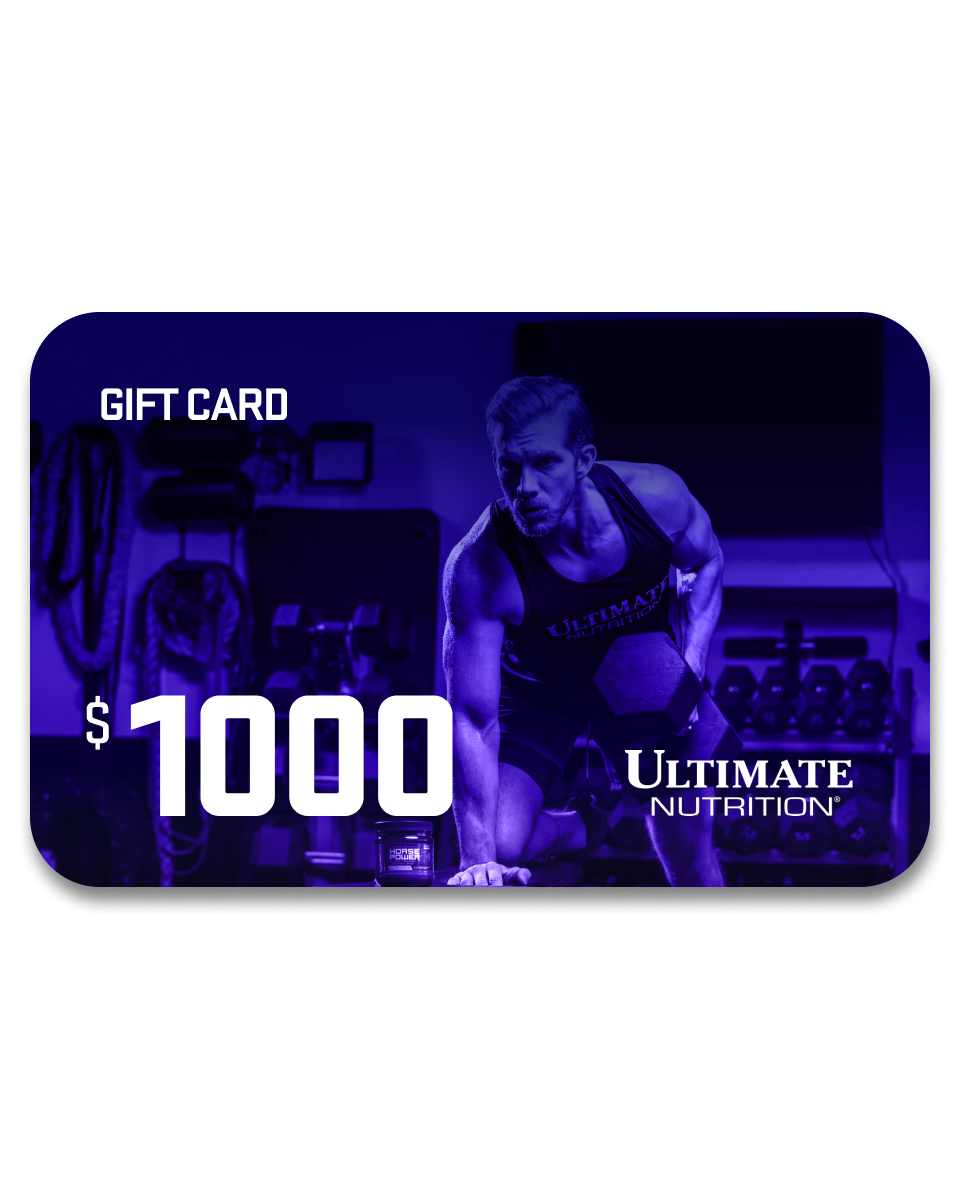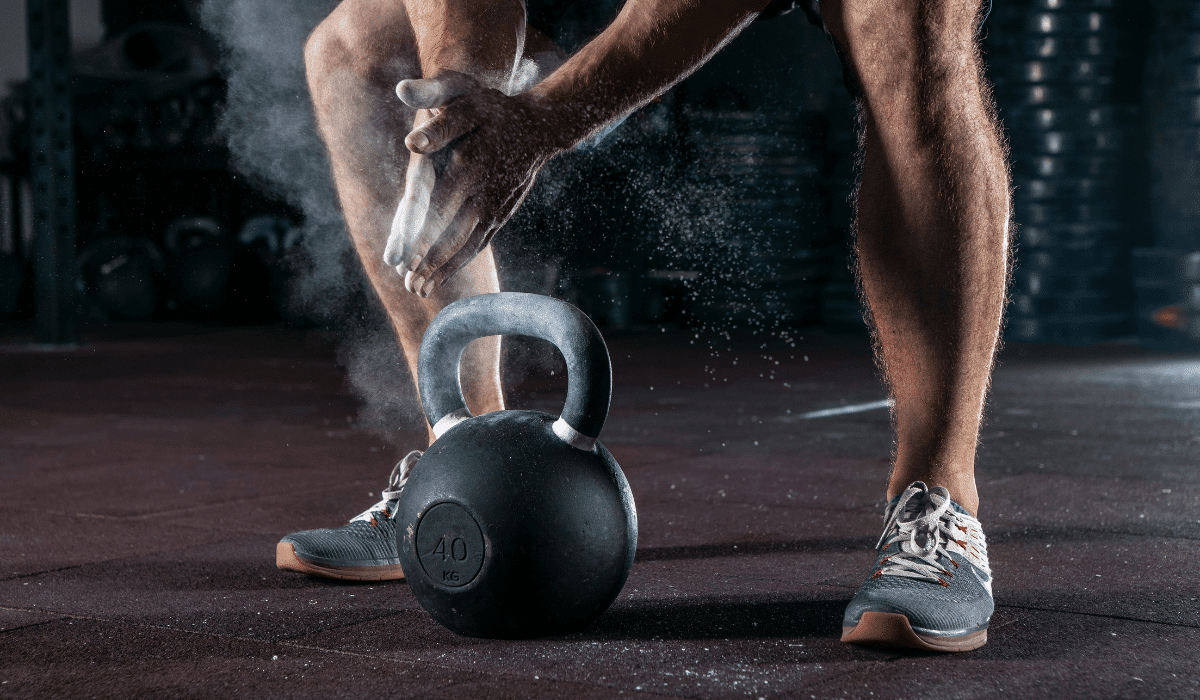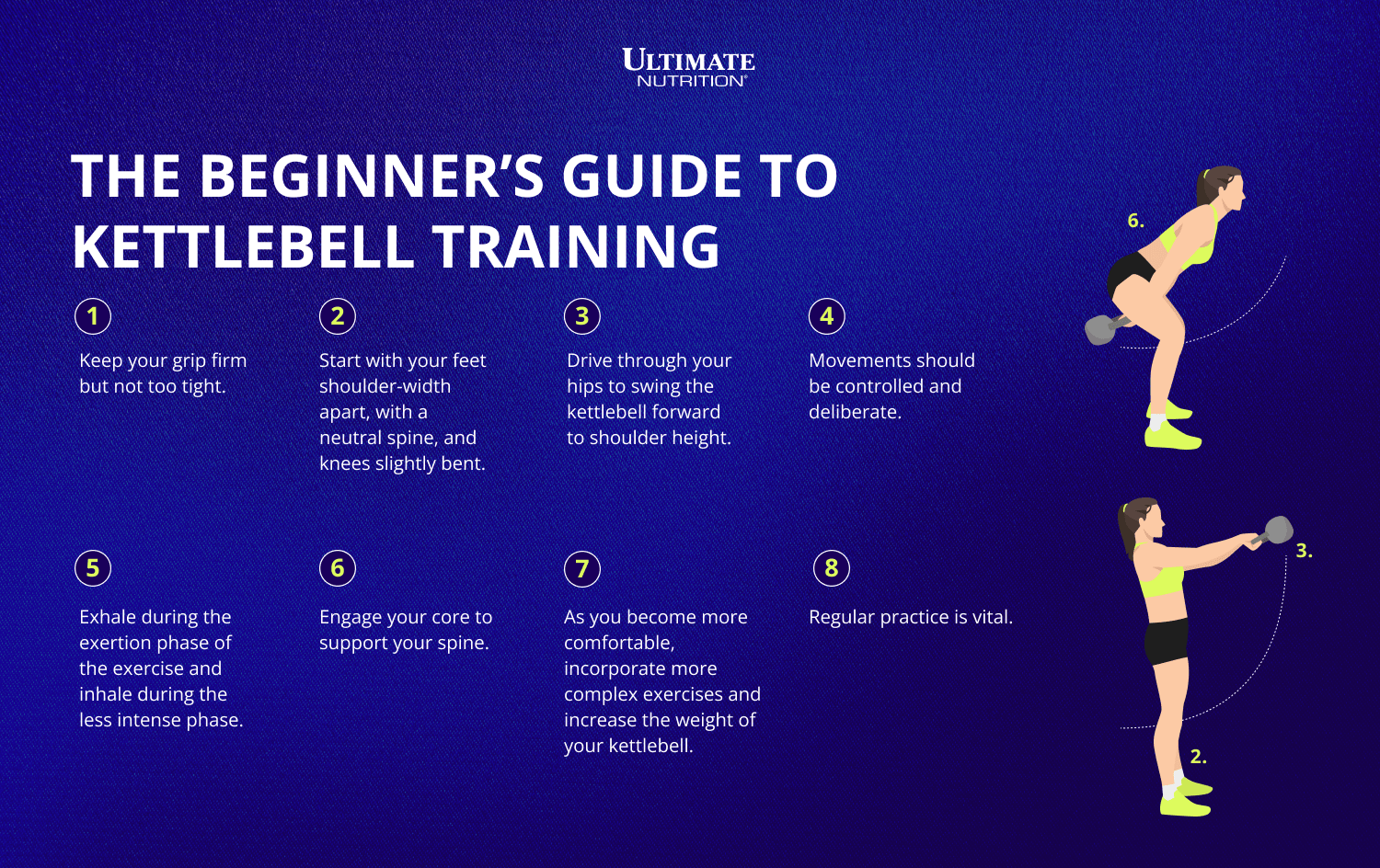Welcome to the world of kettlebell training, where your fitness routine gets a fun and powerful upgrade! Think of kettlebells as the Swiss Army knife of the gym - versatile, efficient, and a jack-of-all-trades.
They're perfect for those who want an effective, time-efficient workout. Whether you're in it for muscle gain, fat loss, or improving your overall fitness, kettlebells can be your go-to tool, adaptable to a variety of exercises and skill levels.

What is Kettlebell Training?
Kettlebell training is a form of strength and conditioning that utilizes a kettlebell, a cast-iron or cast-steel weight that resembles a cannonball with a handle.
It's a holistic workout combining elements of strength training, cardiovascular endurance, and flexibility. What sets kettlebell exercises apart is their focus on movements rather than isolated muscle contractions, offering a more functional workout that mimics real-world activities.
How to Use Kettlebells
To effectively use kettlebells in your workout, it’s essential to understand the fundamentals of handling and technique. Here’s a guide on how to properly use kettlebells:
#1 Proper Grip
For exercises like swings, your grip should be firm but not too tight, allowing the kettlebell to move fluidly. In moves like the goblet squat, hold the kettlebell close to your chest with both hands.
#2 Stance and Posture
Start with your feet shoulder-width apart. Maintain a neutral spine throughout your exercises to avoid strain. Your knees should be slightly bent, especially during swings and deadlifts.
#3 Mastering the Swing
The kettlebell swing is a fundamental move. Begin by holding the kettlebell with both hands in front of you, perform a slight squat, then drive through your hips to swing the kettlebell forward to shoulder height. It's crucial to use your hips for the motion, not your arms.
#4 Controlled Movements
Whether you’re doing a kettlebell press, row, or squat, movements should be controlled and deliberate. Avoid jerky motions to reduce the risk of injury.
#5 Breathing
Proper breathing is key. Exhale during the exertion phase of the exercise and inhale during the less intense phase. For example, exhale when lifting or swinging the kettlebell up, and inhale when lowering it.
#6 Engaging the Core
In every kettlebell exercise, engage your core. This stabilizes your body, supports your spine, and increases the effectiveness of the workout.
#7 Progression
Start with basic movements like the kettlebell swing, deadlift, and goblet squat. As you become more comfortable, incorporate more complex exercises and increase the weight of your kettlebell.
#8 Consistency
Regular practice is vital. Begin with shorter sessions and gradually increase duration and intensity as your fitness improves.
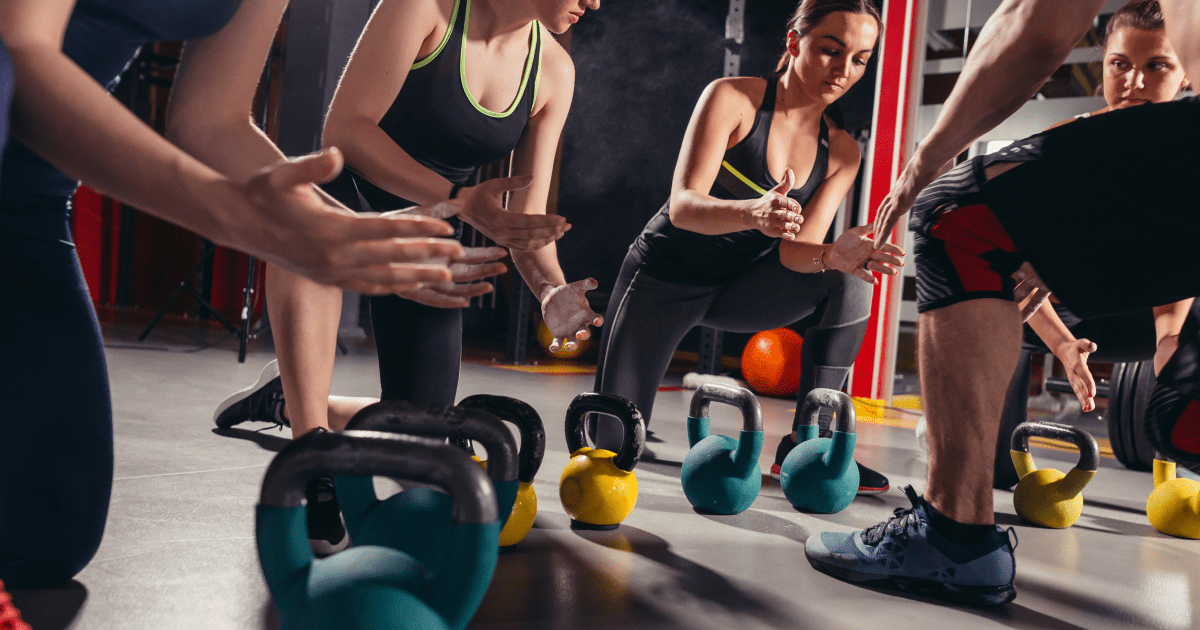
What Size Kettlebells Should I Get?
Choosing the right kettlebell size is essential for effective training. Here's a simple guide:
For Beginners
If you’re new to kettlebell training, start with a lighter weight. Men can start with 12-16 kg, while women can start with 8-12 kg. This allows you to focus on form and technique before progressing to heavier weights.
As You Progress
As you become more comfortable and your strength increases, you can move to heavier kettlebells. The goal is to find a weight that challenges you but still allows you to complete exercises with proper form.
If your focus is on building strength, gradually increase to a heavier kettlebell. For endurance and toning, a moderate weight can be more effective.

The Benefits of Kettlebell Training
Kettlebell training offers many benefits, making it a standout choice for those seeking a comprehensive workout regimen. Here are some of the key advantages:
Kettlebell Swings Muscles Worked
Kettlebell swings primarily target the posterior chain - the muscles of the back, glutes, hamstrings, and calves.
This exercise not only strengthens these key areas but also engages the core, shoulders, and arms, enhancing overall body stability and strength.
Full-Body Conditioning
Unlike traditional weight training that often targets specific muscles, kettlebell exercises engage multiple muscle groups at once. This leads to a more balanced development of strength, endurance, and muscle tone.
Enhanced Cardiovascular Health
Kettlebell workouts often involve quick, explosive movements that can get your heart rate up in a short amount of time. This makes them an excellent choice for boosting cardiovascular health and burning calories.
Improved Flexibility and Range of Motion
The dynamic nature of kettlebell movements helps in increasing your body’s flexibility and range of motion, reducing the risk of injuries and improving overall mobility.
Functional Strength
Kettlebell training improves functional strength, which is essential for performing everyday activities with ease. This type of strength is practical and translates directly into real-world applications.
Time Efficiency
Kettlebell workouts can be incredibly time-efficient, offering a full-body workout in a shorter duration compared to separate cardio and strength training sessions. This makes them ideal for those with busy schedules.
Mental Engagement
Kettlebell training requires focus and coordination, which means it's not just a physical challenge but also a mental one. This engagement can make workouts more enjoyable and less monotonous.
Versatility and Adaptability
Whether you're a beginner or an experienced athlete, kettlebell exercises can be modified to match your skill level. They can be used for light toning or high-intensity strength and endurance training, making them suitable for a wide range of fitness goals.
Find Your Optimal Training with Ultimate Nutrition
As you embark on your kettlebell training, it's important to remember that nutrition plays a pivotal role in maximizing your workouts and achieving your fitness goals. Incorporating a high-quality protein powder can be a game-changer in your routine.
Explore Ultimate Nutrition’s line-up for a look at game-changers. Our Prostar 100% Whey Protein, available in a variety of flavors like Peanut Butter & Jelly and Vanilla Creme, provides 25 grams of protein per serving, ideal for muscle recovery and growth post-workout.
For a more natural option, Prostar 100% RAW Whey Protein offers 24 grams of protein per serving without added flavors or ingredients, supporting muscle growth with a straightforward approach.
Adding these protein powders to your routine can enhance your kettlebell work.
The information provided in our articles are meant for informational and educational purposes exclusively and should not be considered as medical advice. It is essential to consult a healthcare professional before starting a new nutritional product and/or making significant changes to your diet and/or starting a new exercise regime. These products are not intended to diagnose, treat, cure, and/or prevent disease.

